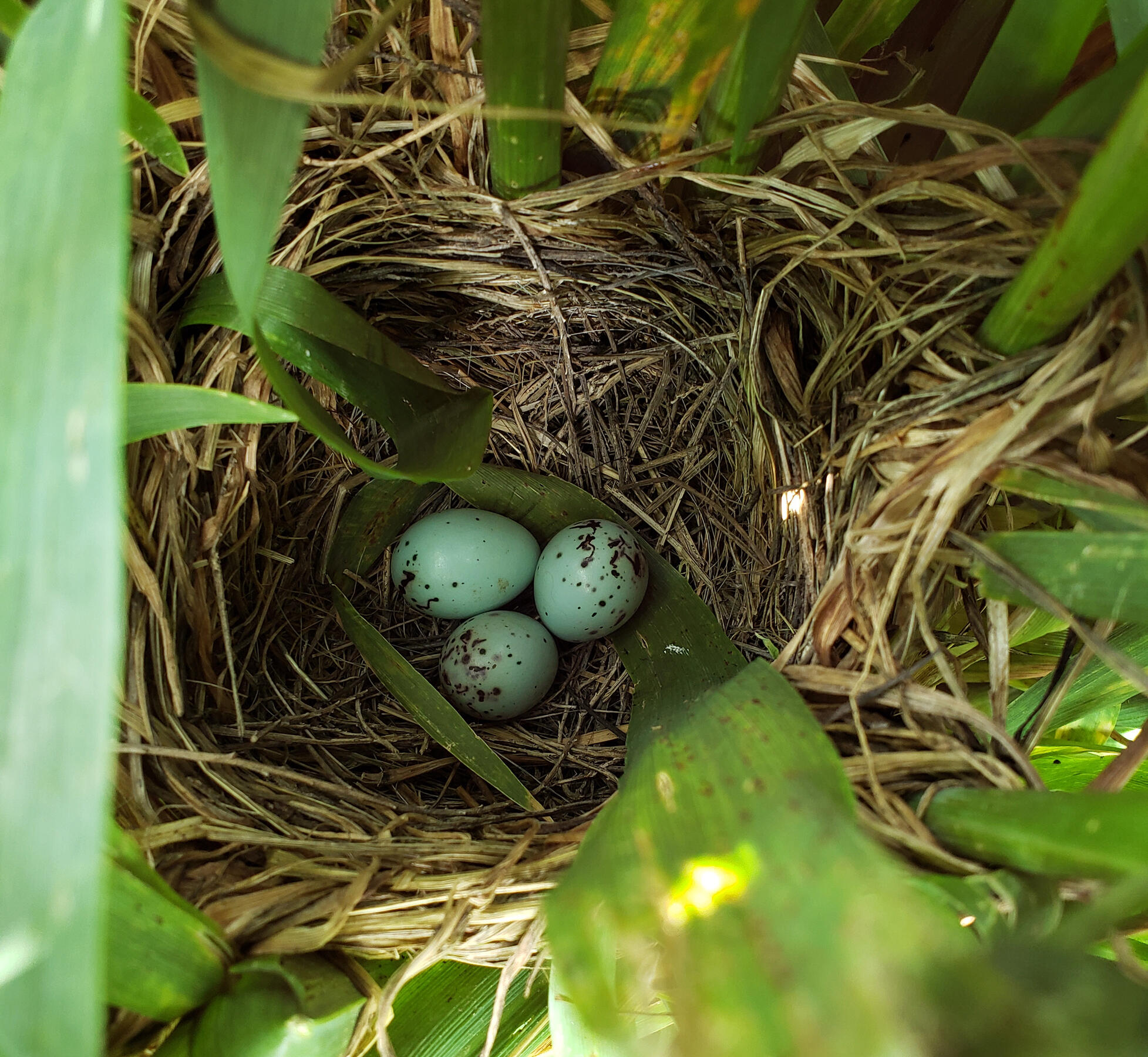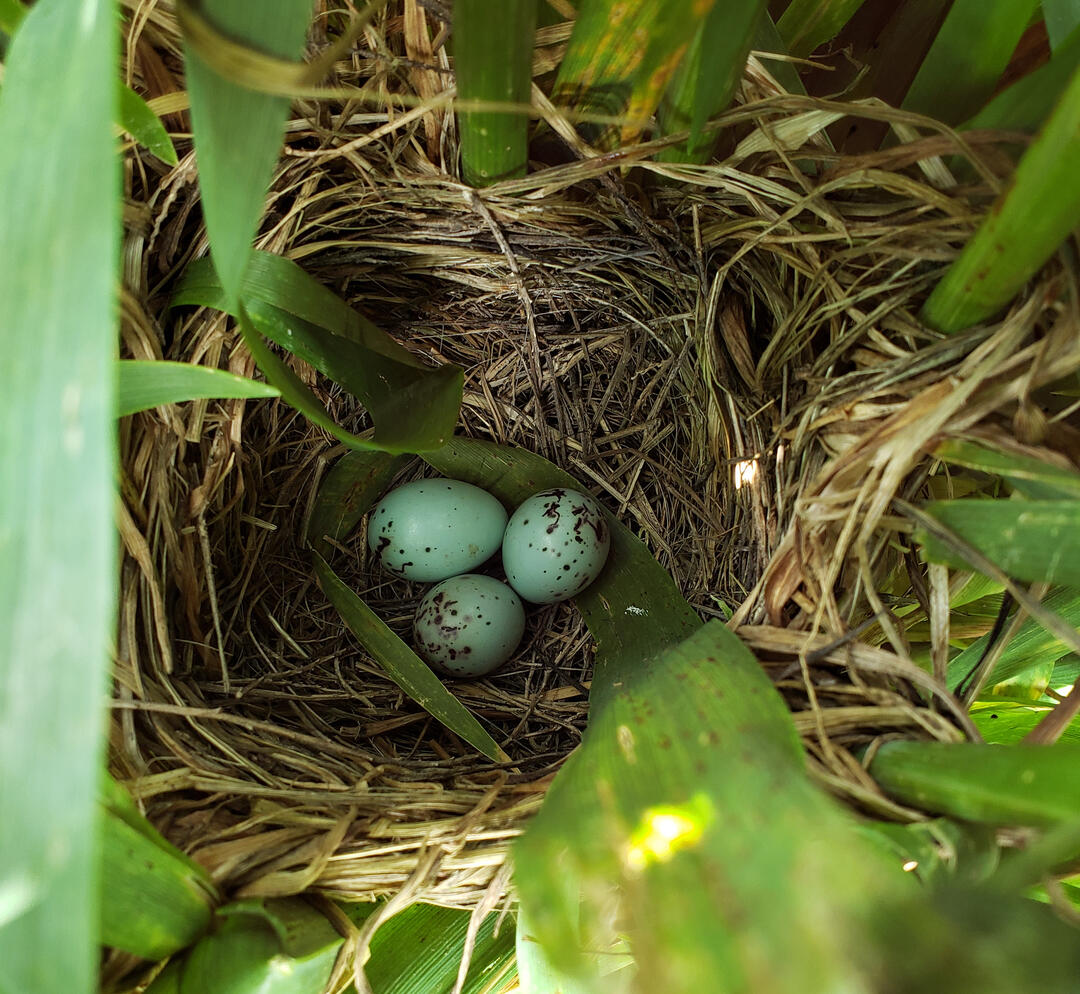Tricolored Blackbirds were among the most numerous birds in California during the 19th Century. Since then, the population has declined from somewhere in the millions to approximately 145,000 today.
While similar to the more widespread Red-winged Blackbird, the Tricolored Blackbird can be distinguished by its crimson red shoulder patch with a bright white bar. It is unique among North American birds because it tends to breed in giant colonies that can sometimes include up to 50,000 birds.
There are many reasons for the Tricolored Blackbird's decline. However, the loss of marsh wetlands and nearby foraging habitats along the coast and in the Central Valley is the main issue. As a result, the species has become dependent on agricultural lands, with most of the largest colonies nesting in grain fields. This is a real danger for the bird, as farmers can feel pressured to harvest their crop before the young have left the nest.
Thankfully, Audubon and partners have developed habitat and management recommendations to assist private landowners in protecting these at-risk species.
Private landowners can make a difference
The vast majority of Tricolored Blackbirds now rely on private, working lands as places to breed and find food. As a result, farms and ranches will play a critical role in conserving Tricolored Blackbirds across California.
When you help Tricolored Blackbirds, you enhance the conservation value of your lands for other species that use the same habitat. Moreover, thriving Tricolored Blackbird colonies indicate environmentally healthy lands.
California’s family dairy farmers are helping save the tricolored blackbird by allowing the birds to nest in a safe location.
Help Tricolored Blackbirds on your land
If you live in an area where Tricolored Blackbirds occur, there are a number of things you can do to create a good home for them:
- Create or enhance nesting habitat on your property
- Make sure there is water nearby
- Protect colonies from disturbance
- Protect silage colonies
We want to work with you
Audubon California wants to work with you to create and enhance Tricolored Blackbird habitat. If you have a colony or want more information about helping Tricolored Blackbirds on your land please contact us. For more information about these efforts or to find out how you can help, please contact the Tricolored Blackbird Conservation Project Manager Xerónimo Castañeda at xcastaneda@audubon.org.
How you can help, right now
Get Audubon CA in Your Inbox
Our newsletter is fun way to get our latest stories and important conservation updates from across the state.
Donate to Audubon
Help secure the future for birds at risk from climate change, habitat loss and other threats. Your support will power our science, education, advocacy and on-the-ground conservation efforts.
HOTSPOT: Flyover of California's Birds and Biodiversity
California is a global biodiversity hotspots, with one of the greatest concentrations of living species on Earth.






